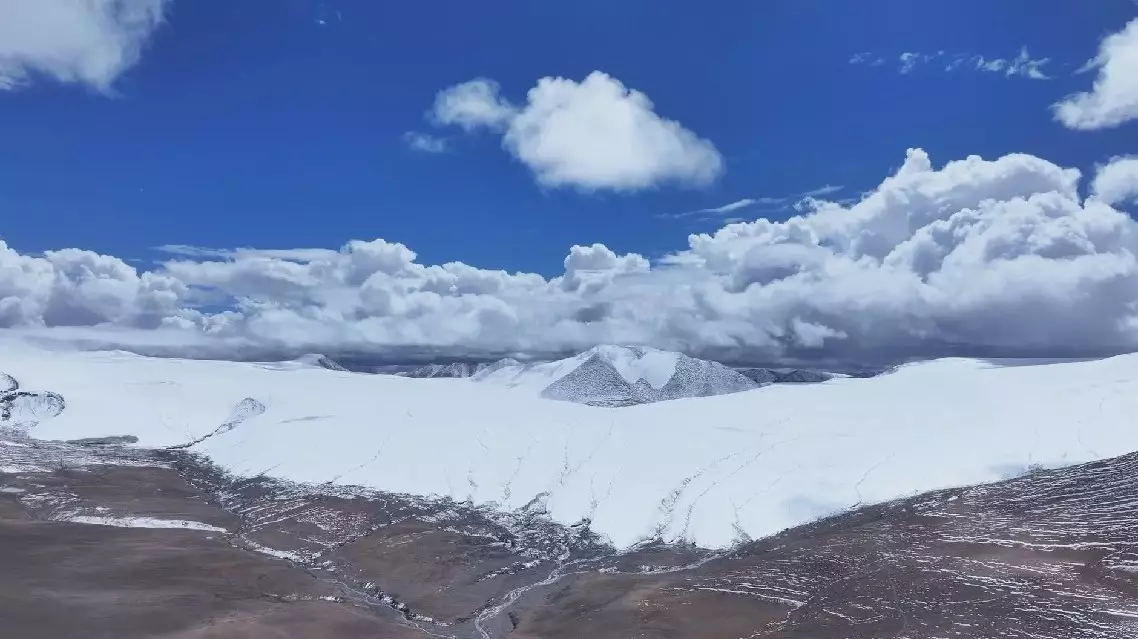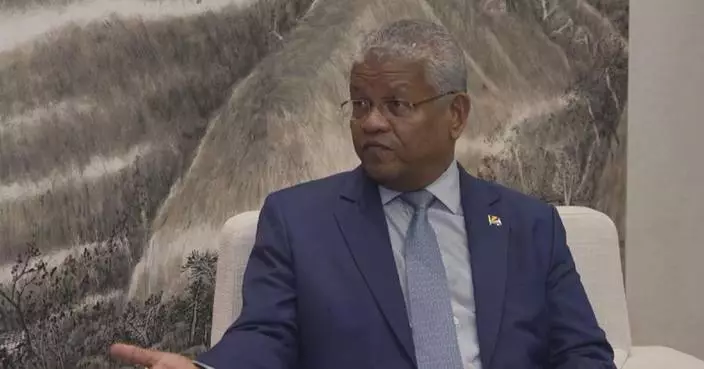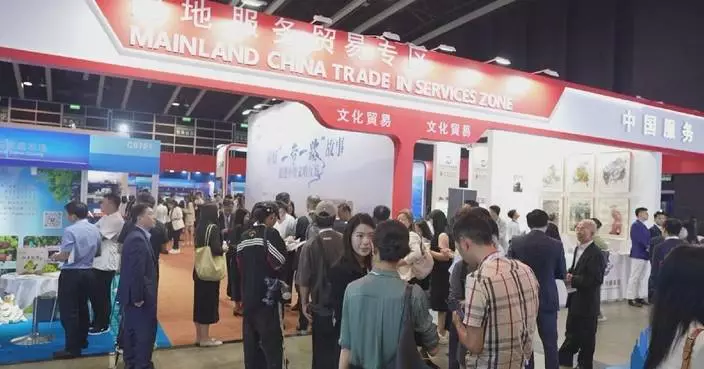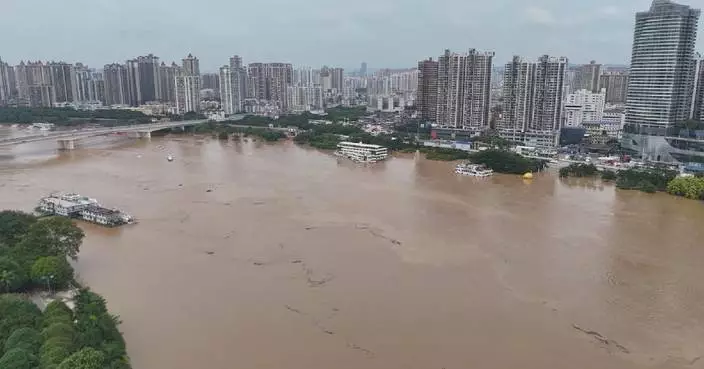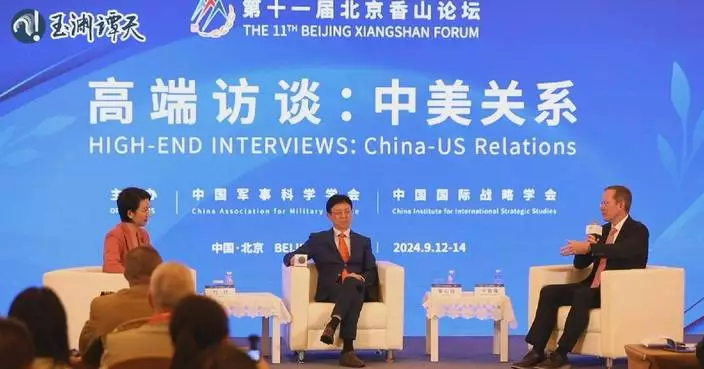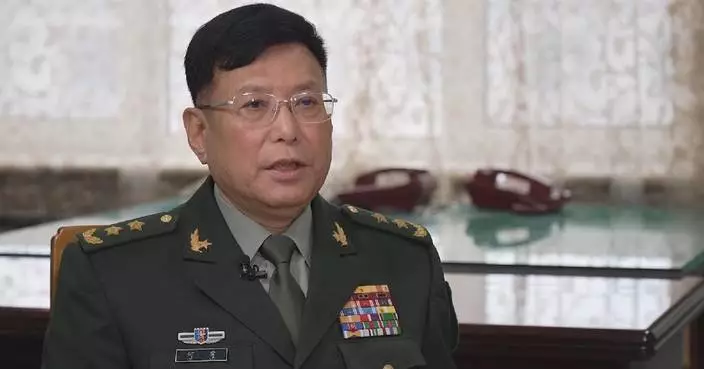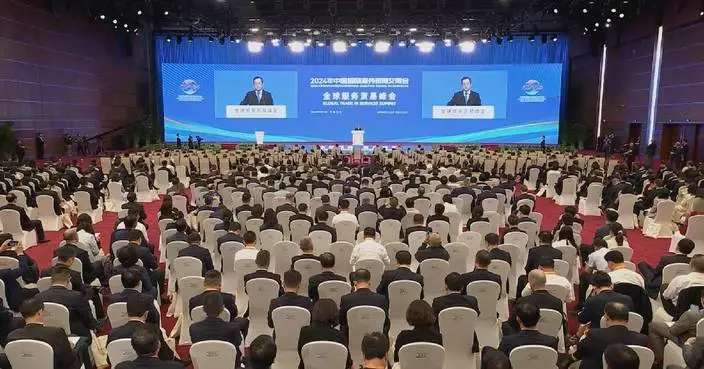The European Union should not miss its final chance to meaningfully address the dispute with China regarding its plan to impose import duties on Chinese electric vehicles (EVs), as, if it does not take this opportunity, the EU faces greater risks than gains, said a China Media Group (CMG) commentary published on Wednesday.
An edited English-language version of the commentary is as follows:
The European Commission on Tuesday disclosed a draft of the definitive findings of its anti-subsidy investigation into Chinese electric vehicles (EVs), which proposes duties ranging from 17 percent to 36.3 percent on electric battery vehicles produced by Chinese carmakers for a period of five years.
If the EU’s protectionist measure is implemented, it will seriously harm the interests of China's automotive industry and disrupt the production and supply chain cooperation between China and the EU, which risks backfiring on the EU.
Compared to its preliminary ruling announced in July, observers have noted that the EU has slightly reduced the proposed tax rates on several Chinese carmakers in its final ruling.
While the EU seems to have made some degree of concessions and compromises, these actions are largely symbolic. They did not change the essence of abusing the rules and procedures of the World Trade Organization, weaponizing investigative tools, and undermining fair competition under the guise of "fair competition".
In fact, since the European Commission decided to initiate its anti-subsidy investigation into Chinese EVs last October, its actions have lacked legitimacy and legality.
The so-called investigation was unilaterally initiated by the European Commission without any application or complaint from the EU car industry, clearly contradicting market intentions. Furthermore, to achieve predetermined goals, the European Commission constructed and exaggerated so-called subsidy programs, excluding leading European and American companies while selecting only Chinese enterprises.
Both the selection criteria and the methodology exhibit numerous instances of non-compliance with the rules, lack of transparency, and unfairness.
Since late June this year, China and the EU have conducted over 10 rounds of technical consultations to resolve the EV dispute.
The draft definitive findings disclosed by the EU this time did not fully absorb China's opinions but instead insisted on wrong practice. The final disclosure is based on the "facts" unilaterally determined by the EU rather than the facts recognized by both parties.
This starkly contrasts with the rhetoric often espoused by some in the EU about "rules, the rule of law, and fairness."
Regardless of the motivations driving certain European politicians to suppress the Chinese EV industry, one thing is certain -- their actions are harming others as well as themselves, drawing widespread criticism from both the European political and business communities.
German Chancellor Olaf Scholz and other leaders have publicly opposed restrictions on car trade, calling for maintaining "fair and free trade."
Media outlets such as The Times of London have pointed out the absurdity of the EU urging consumers to switch to EVs while concurrently trying to impede the supply of EVs with a high performance-to-price ratio.
Amid the jostling between China and the EU regarding EV tariffs, there is a phenomenon worth noting.
In recent years, overall economic growth in Europe has been lackluster. Faced with the need for energy transition and an economic jolt, some European countries are actively seeking Chinese automotive companies to invest and build factories in their countries.
Italian Prime Minister Giorgia Meloni, for example, held discussions on deepening bilateral cooperation in new energy vehicles between China and Europe during her recent visit to China.
In the process of balancing national interests with those of the EU as a whole, a "twisted" logic has emerged -- certain countries are counting on the EU to impose high tariffs, anticipating that Chinese automotive companies will invest in their countries and create job opportunities.
But things may not go as planned.
The EU's imposition of additional tariffs on Chinese electric vehicles may result in a loss of Chinese investment. Therefore, it is essential for all EU countries to say "no" to the European Commission's plan to impose high tariffs.
The essence of China-EU cooperation is mutual benefit and win-win results.
China has always acted with utmost sincerity, seeking to address trade disputes with the EU through dialog and consultation. But this does not mean that China will sit idly by and watch its own interest suffer and become a "victim" of trade protectionism.
On August 9, China appealed to the dispute settlement mechanism of the World Trade Organization over the EU's provisional countervailing measures on EVs.
This sends a clear signal to the outside world -- China will take all necessary measures to firmly defend the legitimate rights and interests of Chinese enterprises.
According to EU procedures, following a canvassing of members’ opinions on the draft, the European Commission will present the final determination to member states and publish the definitive findings before November 4.
As the final "window of opportunity" starts to close ahead of this deadline, the EU needs to listen attentively to internal voices, weigh the pros and cons, and expedite discussions with China to find a proper solution, avoiding an escalation of trade frictions and safeguarding mutual trust and bilateral cooperation. Otherwise, the EU will risk more than it stands to gain.
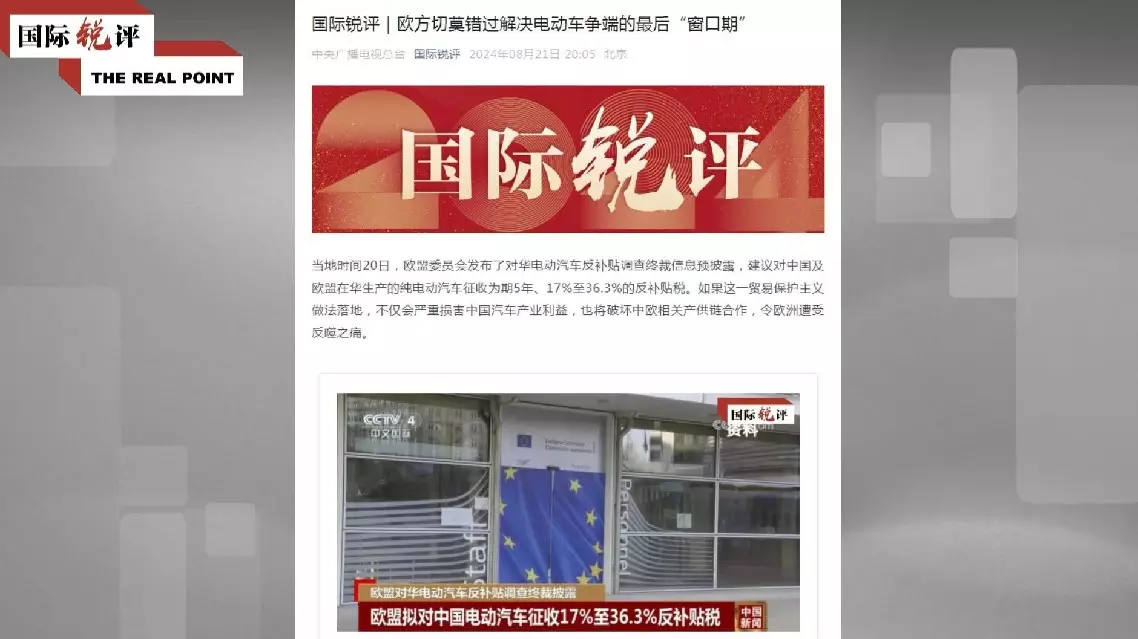
EU must seize final chance to address dispute over unfair tariffs on Chinese EVs: commentary


